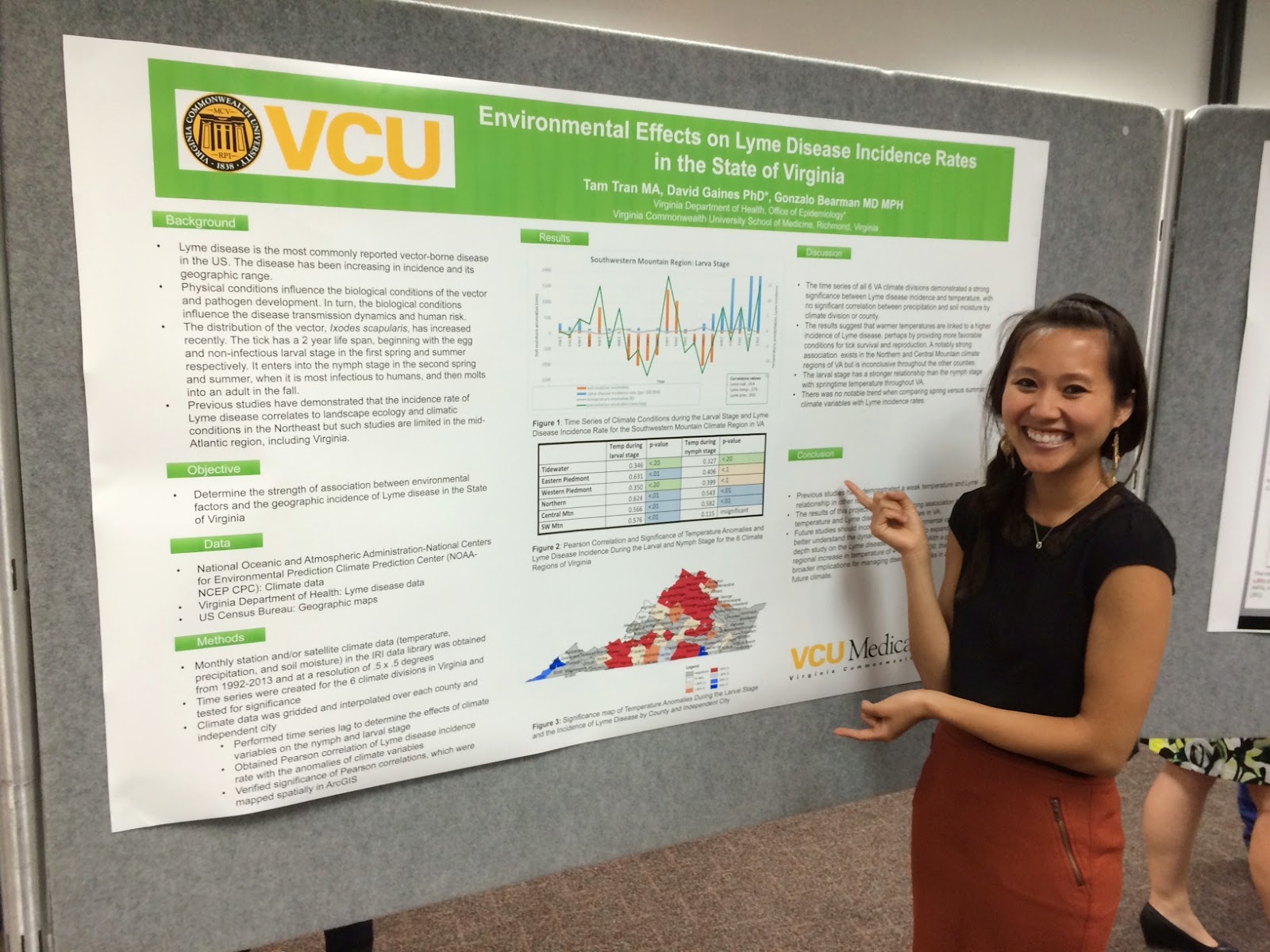The handshake is firmly rooted in Western culture as salutation. It is well known that many
pathogens, particularly respiratory viruses, can be cross transmitted by contact.
pathogens, particularly respiratory viruses, can be cross transmitted by contact.
Could the fist bump be a more appropriate salutation as an infection prevention measure? Here is an intriguing read on the fist bump recently published in the Journal of Hospital Infection.
The authors suggest that implementing the fist bump in the healthcare setting may reduce bacterial transmission between healthcare providers by reducing contact time and total surface area exposed when compared with the standard handshake. In the small study, significant differences in contact surface areas were observed between the palmar surface area, contact time of the handsake was 2.7 times longer than a fist bump and total colonization of the palmar area of the hand was four times greater than the fist after incubation at 72 hours.
Some important limitations should be noted, specifically, the bacteria were not speciated so the presence of MRSA, VRE and gram negative rods is speculative, and, the study did not target outcomes such as hospital acquired infections. Regardless, the idea of encouraging a fist bump is not ridiculous as it is supported by biological plausibility.
Changing hospital culture is tough enough, changing social norms, such as changing a hand shake to a fist bump, may even be more challenging.
Some important limitations should be noted, specifically, the bacteria were not speciated so the presence of MRSA, VRE and gram negative rods is speculative, and, the study did not target outcomes such as hospital acquired infections. Regardless, the idea of encouraging a fist bump is not ridiculous as it is supported by biological plausibility.
Changing hospital culture is tough enough, changing social norms, such as changing a hand shake to a fist bump, may even be more challenging.






